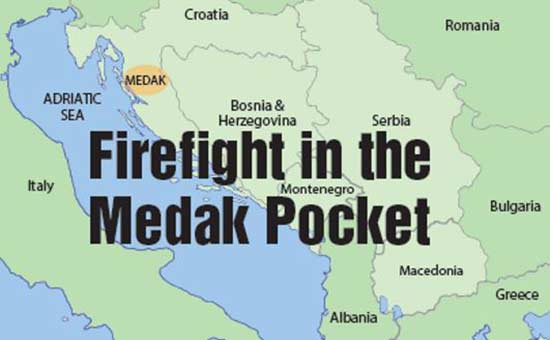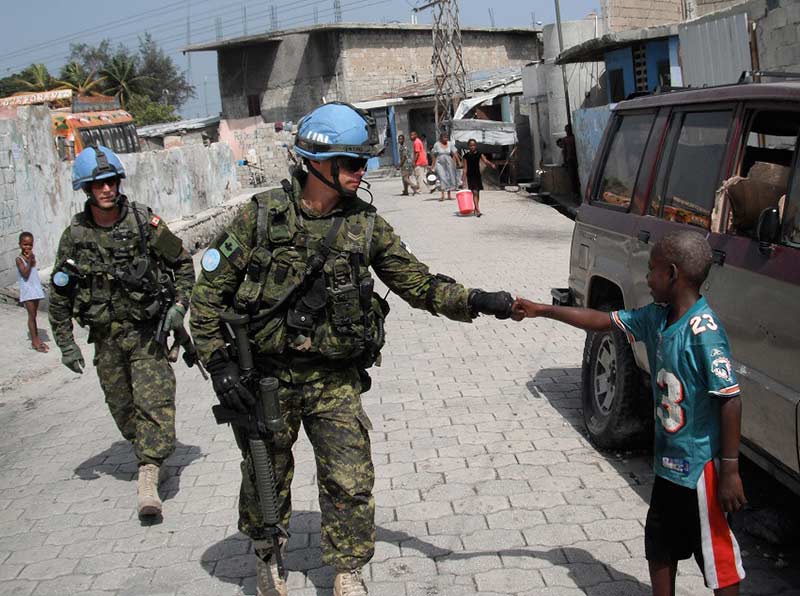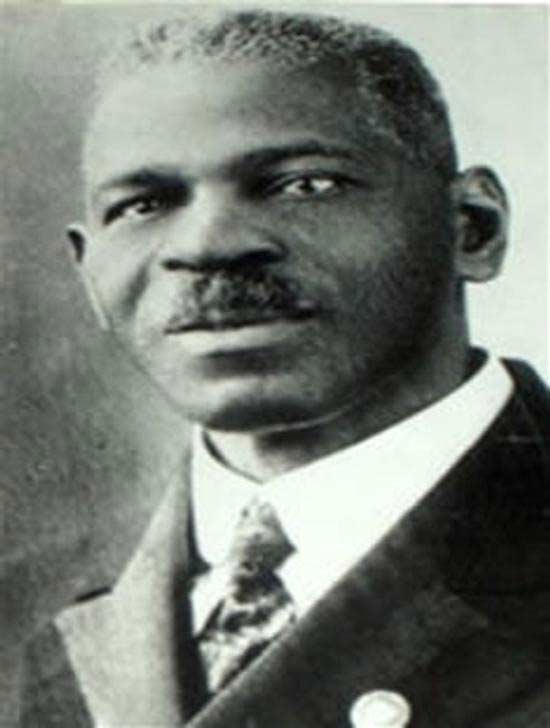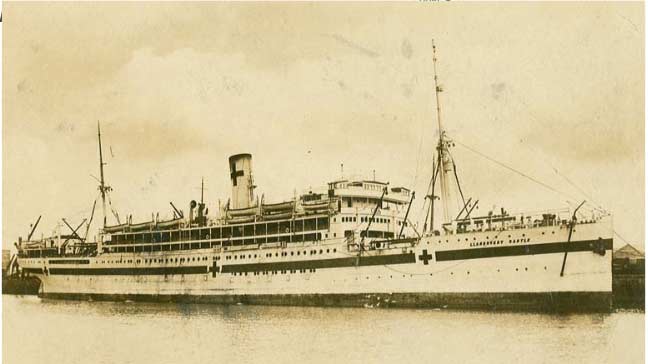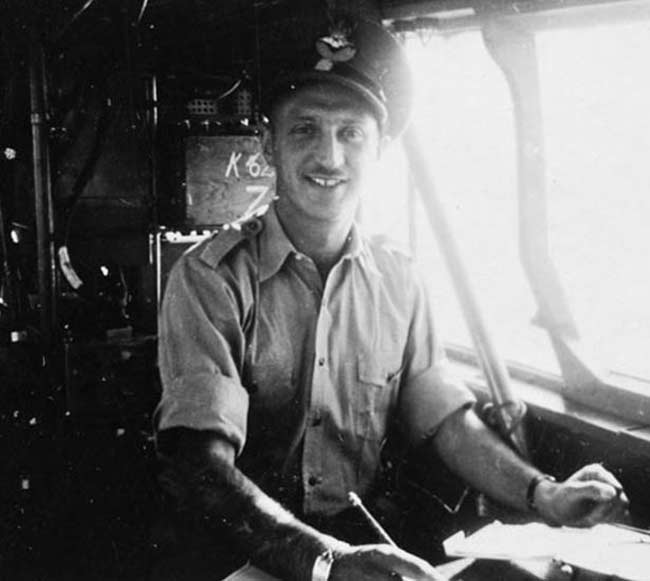Canada Remembers Times - 2018 Edition - Page 3
Firefight in the Medak Pocket
Firefight in the Medak Pocket
When the communist government of the southeastern European country of Yugoslavia collapsed in the early 1990s, civil war soon erupted. Old ethnic and religious differences flared into bitter violence and the international community moved to intervene. Tens of thousands of Canadian Armed Forces members would serve in the course of a series of peace support efforts there in the 1990s and 2000s. Canadians who deployed to the Balkans in the early years did not encounter a typical peacekeeping mission as there was precious little “peace” to “keep.” Instead, ongoing factional fighting and atrocities against civilians were occurring all around them.
In September 1993, soldiers of Princess Patricia’s Canadian Light Infantry were near the “Medak Pocket.” This portion of Croatia was under Serbian control and the Croatians had launched an offensive to re-take the area. A ceasefire was arranged, with United Nations (UN) forces to oversee the withdrawal of both sides. Canadian and French soldiers began to move in, but Croatian forces started firing. The Patricias held their position through the night in the face of the heaviest combat a Canadian unit had experienced since the Korean War. It was hard fighting, with heavy machine gun fire blazing in the darkness and our soldiers repelling repeated Croatian assaults.
The next morning, the Croatians still prevented UN troops from entering the area. The Canadian commander, Lieutenant-Colonel James Calvin, held an impromptu press conference in front of their roadblock, eventually forcing the Croatians to open the road. Tragically, the UN forces found the ethnically Serbian villages in the Medak Pocket destroyed and many civilians killed—victims of “ethnic cleansing.”
Helping in Haiti
Canadian Armed Forces members on patrol in Port-au-Prince, Haiti, in June 2013.
Photo: Department of National Defence
Canadian Armed Forces members have served in several peace support and humanitarian aid efforts in Haiti over the years in the aftermath of political upheaval and natural disasters. In the early 1990s, a fragile democratic government that had been established in this small Caribbean country after decades of dictatorship was overthrown in a coup d’état. Unrest threatened to engulf Haiti and the international community responded with a series of multinational peace support operations to restore democracy, end human rights violations and offer humanitarian aid. Canada has often assumed a leading role in these efforts due to the linguistic and cultural ties our countries share–both have French as an official language, there is a large Haitian-Canadian community in Quebec and Canadian missionaries and foreign aid workers have long been active there.
Our men and women in uniform serving in Haiti have had to carry out their demanding duties in a grueling environment. It can be very hot and humid, with extreme poverty and societal unrest being all too common. Despite the challenges, Canadian troops patrolling the streets of places like Port-au-Prince (the capital city of Haiti) have often been warmly greeted by the local citizens as protectors. Canadians have also contributed in other ways, helping restore electrical systems and other important infrastructure there, and offering medical aid to the sick and injured in the aftermath of the devastating earthquake in 2010. Our service members have also gone the extra mile to help the people of Haiti, like volunteering their spare time to outreach efforts such as visiting orphanages.
A message of tolerance
Reverend William White.
Photo: Library and Archives Canada
When the First World War broke out in 1914, Canadians rushed to join the military, including many young Black Canadians. At the time, however, the prejudiced attitudes of some of the recruiters made it difficult for these men to enlist.
Discouraged Black Canadians petitioned the government about these barriers, including Reverend William White. He was a natural leader and a strong voice advocating for their right to also fight for their country. On July 5, 1916, the No. 2 Construction Battalion was formed. The so-called “Black Battalion” would have more than 600 men serve in its ranks during the war, most of them from Nova Scotia.
Reverend William White became the unit’s chaplain and was also given the rank of Honourary Captain—one of the few Black commissioned officers to serve in the Canadian Expeditionary Force during the conflict. His battalion was sent to France where they were attached to the Canadian Forestry Corps helping provide the lumber required to maintain trenches on the front lines, and constructing roads and railways. Despite the hardships the battalion encountered, White continued to preach and inspire the soldiers with messages of faith, hope and tolerance.
After the war, Reverend White became the pastor of Halifax’s Cornwallis Street Baptist Church and was a well-known figure in the community, standing up for Black Nova Scotians’ rights and freedoms.
The sinking of the Llandovery Castle
HMHS Llandovery Castle.
Photo: Nova Scotia Archives
More than 3,000 Canadian Nursing Sisters served during the First World War. These well-educated professionals saw much hardship, with some of them suffering greatly from what is today known as posttraumatic stress disorder (PTSD). One of the duties that these brave women undertook was serving on hospital ships transporting the wounded back to Canada.
While working on these ships tended to be less dangerous than service near the front lines, the tragic events on June 27, 1918, proved otherwise. On this fateful evening, 258 crew and passengers, including 14 Canadian Nursing Sisters, were returning to England on board the Llandovery Castle when it was torpedoed by a German submarine. As hospital ships were protected by international law, the U-boat commander ordered that the survivors be killed so there would be no eyewitnesses to this war crime. Most of those on board, including all the Nursing Sisters, died-only one lifeboat managed to escape with 24 people.
One of the survivors, Sergeant Arthur Knight, later testified to the courage of the nurses:
“Unflinchingly and calmly, as steady and collected as if on parade, without a complaint or a single sign of emotion, our fourteen devoted Nursing Sisters faced the terrible ordeal of certain death-only a matter of minutes-as our lifeboat neared that mad whirlpool of waters where all human power was helpless.”
Canadians were shaken by this great tragedy. Our soldiers even used “Llandovery Castle” as a rallying cry on the battlefield during the Last Hundred Days of the conflict which began just a few weeks later on August 8, 1918.
A distinguished Canadian pilot
Sydney Shulemson training in Summerside, PEI, in 1942.
Photo: Library and Archives Canada C-000719
Sydney Shulemson was born in Montréal in 1915. He enlisted in the Royal Canadian Air Force at the outbreak of the Second World War in 1939 and trained as a pilot in Ontario and Prince Edward Island. He graduated in 1942 and joined RCAF No. 404 Squadron in Scotland.
Shulemson soon proved to be a brave and efficient pilot, being awarded the Distinguished Service Order in 1943 and the Distinguished Flying Cross in 1944 for his courage in action and helping develop innovative techniques for attacking enemy shipping. He is believed to have taken out at least 13 enemy vessels during his tour of duty of some 50 sorties. Because of his special skills, Flight-Lieutenant Shulemson then became an instructor for the rest of the conflict. He was one of the most decorated Jewish-Canadian servicemen of the Second World War.
Did you know?
More than 100,000 children from the British Isles were sent to Canada between the 1870s and the 1930s. These young boys and girls were usually orphaned, abandoned or came from poor families that could not support them. It was felt they had an opportunity at a better future in our country where families took them in to help on the farm and around the home, but life was often harsh for them. Thousands of these “home children” would return to Europe as young adults during the First and Second World Wars-but this time they would be wearing a military uniform and serving in the cause of peace and freedom.
- Date modified:
